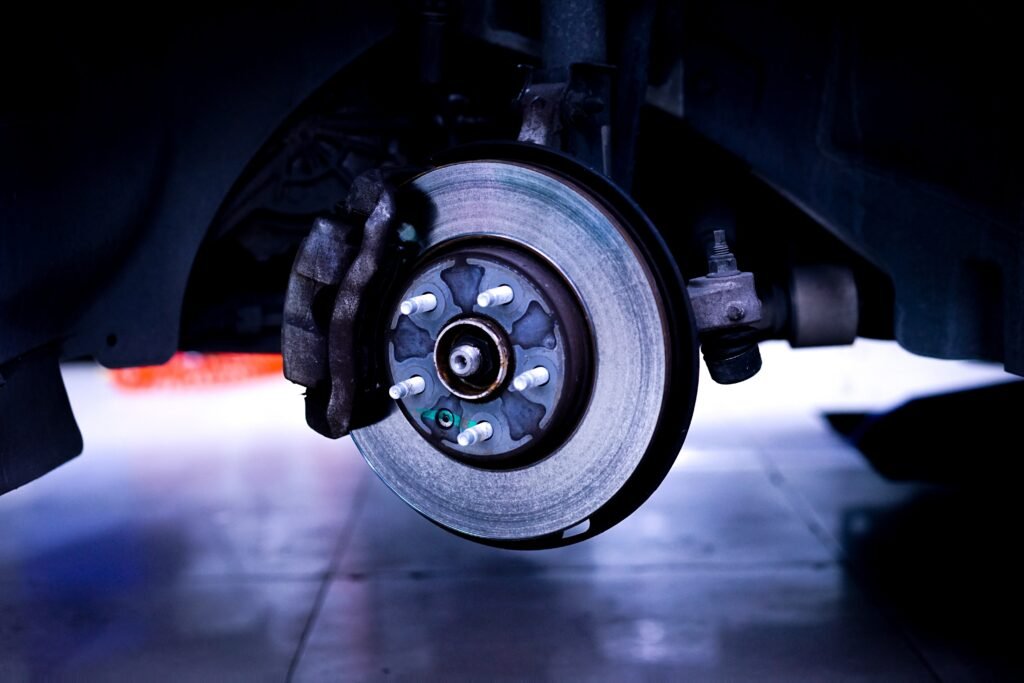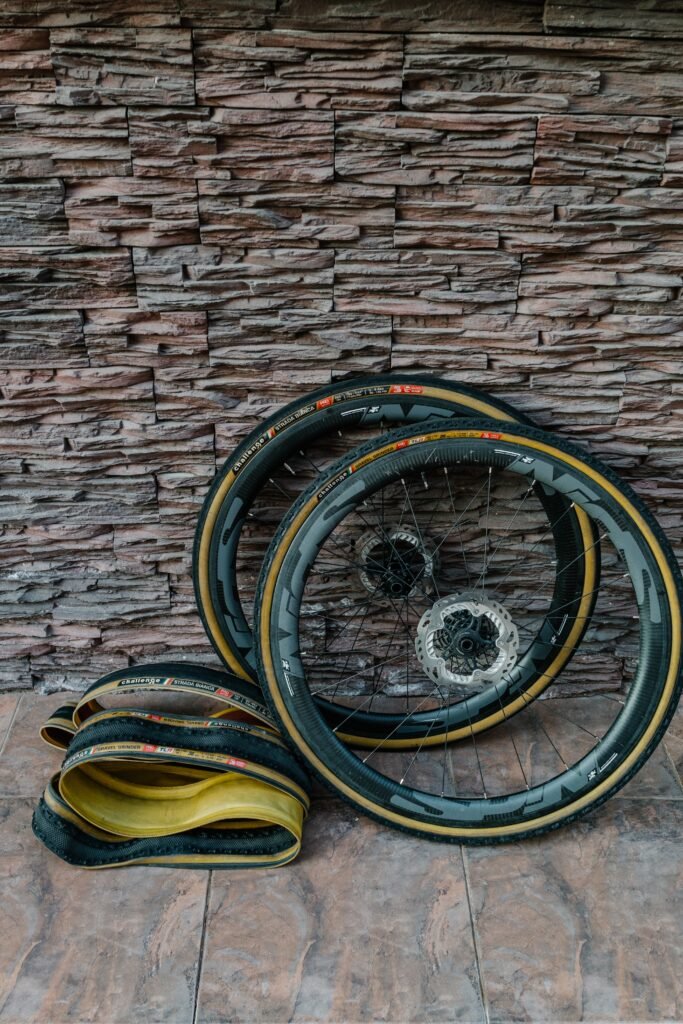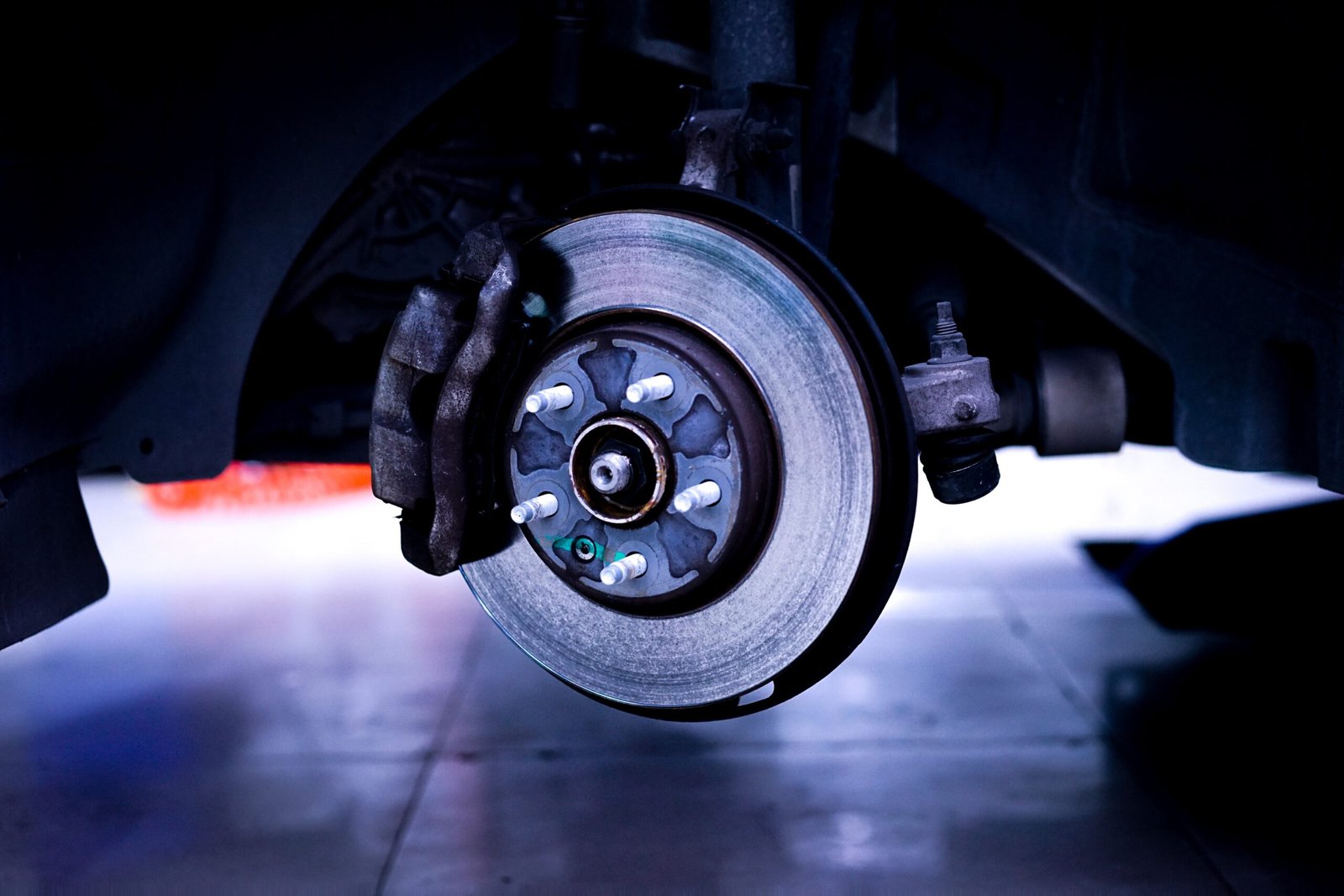You know how important it is to keep your car in top shape, and one crucial aspect of maintenance is ensuring your tires last as long as possible. With these helpful tips, you’ll be able to maximize the lifespan of your tires, saving you time and money in the long run. From regular tire rotations to proper inflation, these simple and easy-to-follow tips will keep your tires rolling smoothly for miles to come.
Maximizing tire longevity with these helpful tips
Having a well-maintained set of tires is crucial not only for your safety but also for the overall performance of your vehicle. By following these ten helpful tips, you can ensure that your tires last longer and provide you with a smooth and comfortable ride.
1. Choose the right tires
Consider your driving conditions
When selecting tires, it’s important to consider the driving conditions you frequently encounter. If you live in an area with heavy rain or snow, you’ll want to choose tires that have excellent traction on wet or icy surfaces. On the other hand, if you primarily drive on dry roads, tires with a different tread pattern may be more suitable.
Select the appropriate tread pattern
Tread patterns play a crucial role in tire performance. There are three main types of tread patterns: symmetrical, asymmetrical, and directional. Symmetrical tread patterns provide a smooth and quiet ride and are ideal for everyday driving. Asymmetrical tread patterns offer a good balance between wet and dry traction, making them suitable for a variety of road conditions. Directional tread patterns are designed to effectively disperse water and are ideal for wet climates.
Choose the correct tire size
Using the correct tire size is essential for optimal performance and safety. The size of your tire is indicated by a combination of numbers and letters on the sidewall, such as P215/55/R17. These numbers represent the tire’s width, aspect ratio, and diameter. To determine the correct tire size for your vehicle, refer to your owner’s manual or consult with a professional.
2. Check and maintain tire pressure regularly
Understand the recommended tire pressure
Every vehicle has a recommended tire pressure specified by the manufacturer. This information can usually be found on the driver’s side door jamb or in the owner’s manual. It’s important to understand that overinflated or underinflated tires can negatively affect handling, fuel efficiency, and tire wear.
Check tire pressure at least once a month
Regularly checking your tire pressure is vital to maintaining proper inflation. Ideally, you should check your tire pressure at least once a month. You can use a tire pressure gauge to measure the pressure. If the pressure is too high, release some air. If it’s too low, add air until you reach the recommended pressure.
Adjust tire pressure as needed
In addition to regular checks, it’s crucial to adjust your tire pressure as needed. Temperature changes can cause tire pressure to fluctuate, so it’s important to consider this when checking and adjusting. Cold weather can often lead to underinflated tires, while hot weather can result in overinflated tires. Always refer to the recommended pressure for your specific vehicle and adjust accordingly.

This image is property of images.unsplash.com.
3. Rotate tires regularly
Understand the importance of tire rotation
Tire rotation involves moving each tire to a different position on your vehicle. This practice helps ensure even wear on all tires, prolonging their lifespan. Front tires tend to wear more quickly than rear tires due to the weight distribution of the engine, so rotating them helps to equalize the wear and promote a balanced ride.
Follow the recommended rotation schedule
The recommended rotation schedule varies depending on the type of vehicle and tires you have. Generally, it’s best to rotate your tires every 5,000 to 7,000 miles, or as specified in your vehicle’s owner’s manual. By following the recommended rotation schedule, you can maximize the performance and lifespan of your tires.
Consider rotation based on wear patterns
In some cases, you may notice uneven wear patterns on your tires. This could be an indication of an alignment issue or other mechanical problem. If you notice excessive wear on one side of the tire or in the center, it’s essential to have your vehicle inspected by a professional. Rotating the tires alone may not correct the underlying issue causing the uneven wear.
4. Maintain proper wheel alignment
Understand the impact of wheel alignment on tire wear
Proper wheel alignment ensures that your tires make even contact with the road, reducing uneven wear. When your wheels are misaligned, they can cause the tires to wear irregularly and prematurely. Misalignment can also affect your vehicle’s handling and fuel efficiency.
Get alignment checked regularly
It’s important to have your wheel alignment checked regularly, especially if you notice any signs of uneven tire wear or if you have recently hit a pothole or curb. Professional alignment equipment is used to measure and adjust the angles of your vehicle’s wheels, ensuring they are aligned correctly. By addressing alignment issues promptly, you can prevent premature tire wear and improve your driving experience.
Adjust alignment as necessary
If your alignment is found to be off, it’s crucial to have it adjusted. This process involves adjusting the angles of the wheels to the manufacturer’s specifications. Alignment adjustments should always be done by a trained professional using specialized equipment. By maintaining proper wheel alignment, you can extend the lifespan of your tires and improve your vehicle’s overall performance.

This image is property of images.unsplash.com.
5. Avoid excessive braking and acceleration
Understand the effect of aggressive driving on tires
Excessive braking and acceleration can cause unnecessary wear on your tires. When you brake abruptly or accelerate rapidly, your tires experience increased friction and stress. This can lead to accelerated tread wear and a shorter tire lifespan.
Develop smooth driving habits
To maximize the longevity of your tires, it’s important to develop smooth driving habits. Avoid aggressive braking and acceleration whenever possible. Instead, try to anticipate traffic flow and adjust your driving accordingly. By practicing smooth and gradual braking and acceleration, you can reduce stress on your tires and promote even wear.
Avoid unnecessary braking and acceleration
Another way to extend the lifespan of your tires is to avoid unnecessary braking and acceleration. Maintain a safe following distance to minimize the need for sudden braking. Additionally, try to anticipate traffic signals and adjust your speed accordingly to avoid unnecessary acceleration. By being mindful of your driving habits, you can significantly reduce tire wear and increase their longevity.
6. Avoid overloading the vehicle
Understand the impact of excess weight on tires
Overloading your vehicle can put excessive stress on your tires and lead to premature wear. Each tire has a load rating specified by the manufacturer, indicating the maximum weight it can safely carry. When you exceed this weight limit, your tires can become overheated and wear out more quickly.
Check the vehicle’s load rating
To avoid overloading your tires, it’s crucial to check your vehicle’s load rating. You can find this information on the tire placard, located on the driver’s side door jamb or in the owner’s manual. Ensure that you stay within the recommended load limit to protect your tires and prolong their lifespan.
Avoid carrying unnecessary items
One way to prevent overloading your vehicle is by avoiding carrying unnecessary items. Take the time to declutter your vehicle and remove any items that are not needed. By reducing the overall weight in your vehicle, you can alleviate stress on your tires and increase their longevity.

This image is property of images.unsplash.com.
7. Drive carefully over road hazards
Identify common road hazards
Road hazards such as potholes, debris, and sharp objects can pose a threat to the lifespan of your tires. Potholes can cause tire damage or result in misalignment, while sharp objects can puncture the tire and cause a flat. By identifying common road hazards, you can take appropriate precautions to minimize their impact.
Take precautions when encountering hazards
When approaching road hazards, it’s important to take precautions to protect your tires. Slow down and navigate around potholes whenever possible. If you can’t avoid a pothole, try to drive over it slowly and cautiously to reduce the risk of tire damage. When driving over debris or sharp objects, be mindful of your surroundings and steer clear to avoid potential tire punctures.
Minimize impact and avoid sharp objects
To maximize tire longevity, it’s crucial to minimize the impact of road hazards on your tires. By practicing defensive driving and being aware of your surroundings, you can avoid unnecessary damage. When parking, be cautious of curbs or other objects that could scrape or damage the sidewalls of your tires. By being proactive, you can protect your tires and extend their lifespan.
8. Keep tires clean and free from debris
Clean tires regularly
Regularly cleaning your tires not only enhances their appearance but also helps maintain their condition. Use a mild soap and water solution to clean the tires, ensuring that you remove any dirt, grime, or brake dust. Avoid using harsh chemicals or aggressive brush bristles that may damage the tire’s surface.
Inspect for any debris or foreign objects
After cleaning your tires, take the time to inspect them for any debris or foreign objects. Look out for nails, screws, or other sharp objects that may have become lodged in the tread. If you notice any foreign objects, carefully remove them to prevent potential tire damage.
Remove any lodged objects carefully
If you find a lodged object in your tire, it’s important to remove it carefully. Use pliers or another appropriate tool to gently pull out the object. Be cautious not to cause further damage to the tire or puncture the sidewall. If you’re unsure about removing the object yourself, it’s best to seek professional assistance.
9. Store tires properly when not in use
Choose an appropriate storage location
When storing tires that are not in use, it’s important to choose an appropriate location. Avoid storing tires in direct sunlight or areas with extreme heat or cold, as these conditions can accelerate tire aging. Ideally, store tires in a cool, dry, indoor location that is protected from the elements.
Clean and dry the tires before storage
Before storing your tires, ensure that they are clean and dry. Use a mild soap and water solution to clean the tires, removing any dirt or debris. Allow the tires to air dry completely to avoid the growth of mold or mildew during storage.
Use tire covers to protect from sunlight and ozone
To further protect your tires during storage, consider using tire covers. These covers help shield the tires from sunlight and ozone, both of which can cause tire degradation over time. Tire covers are available in various sizes and materials to suit your specific needs.
10. Regularly inspect and maintain tire tread
Check tread depth regularly
Tire tread depth plays a crucial role in the overall performance and safety of your tires. To ensure that your tires are safe to drive on, it’s important to regularly check the tread depth. The minimum acceptable tread depth is typically 2/32 of an inch. One simple way to measure tread depth is by using a penny. Insert the penny into the tread groove with Lincoln’s head facing down. If the top of Lincoln’s head is visible, your tire’s tread is worn and needs to be replaced.
Look for signs of uneven wear
In addition to checking tread depth, it’s essential to inspect your tires for signs of uneven wear. Uneven wear patterns can indicate alignment or suspension issues, which should be addressed promptly. Look for any feathering, cupping, or other irregularities on the tire’s surface. If you notice any signs of uneven wear, it’s best to have your vehicle inspected by a professional.
Replace tires when tread is worn beyond safe limits
When your tire’s tread is worn beyond safe limits, it’s crucial to replace them. Worn-out tires lack the necessary traction to grip the road, increasing the risk of accidents, especially in wet or snowy conditions. To ensure your safety and the longevity of your vehicle, replace tires that no longer meet the minimum tread depth requirements.
By following these ten helpful tips, you can maximize the longevity of your tires and ensure a safe and enjoyable driving experience. Remember to choose the right tires for your driving conditions, regularly check and maintain tire pressure, rotate your tires, maintain proper wheel alignment, avoid excessive braking and acceleration, avoid overloading your vehicle, drive carefully over road hazards, keep your tires clean and debris-free, store tires properly when not in use, and regularly inspect and maintain your tire tread. With proper care and attention, you can extend the lifespan of your tires and optimize your driving performance. Safe travels!





